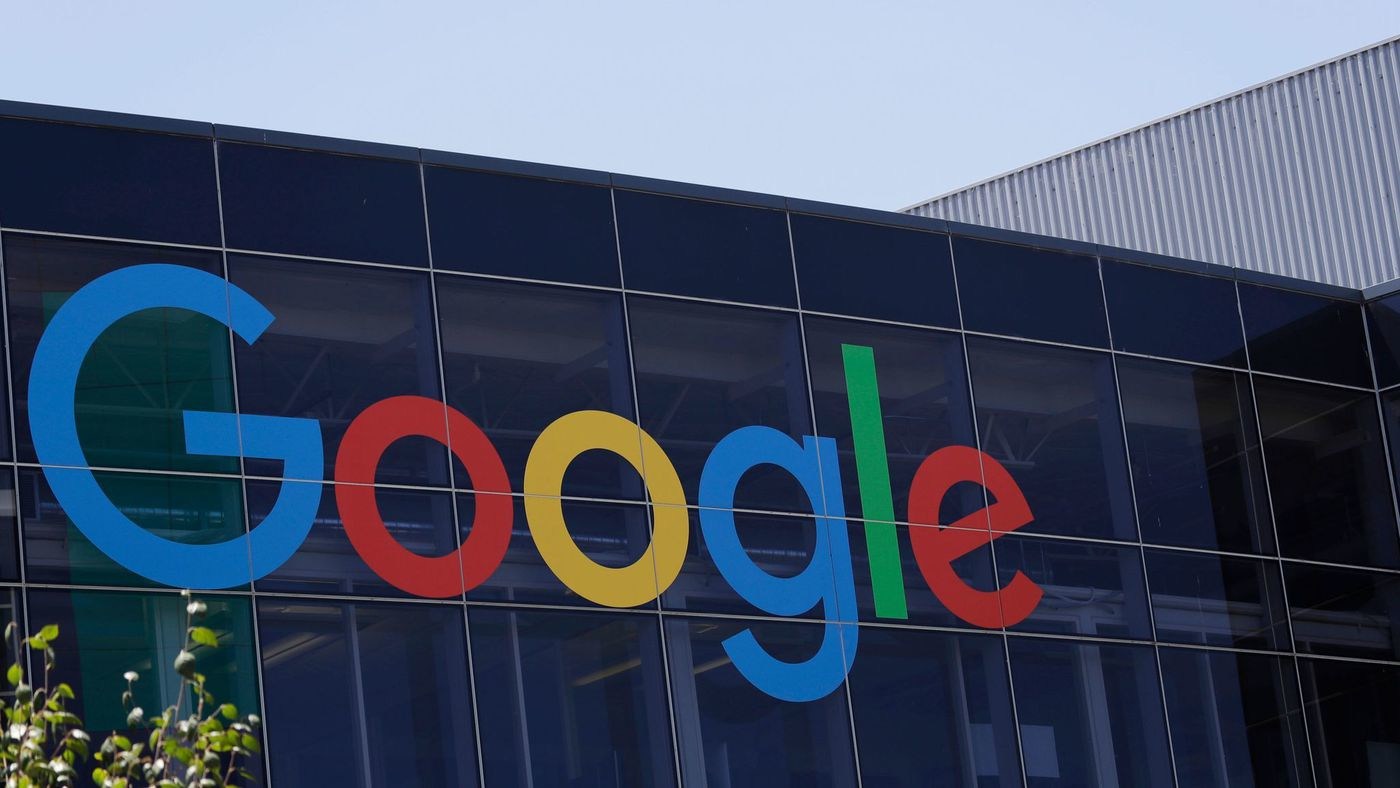Google's chrome ad blocker means the web's largest ad company is also now advertising biggest traffic cop
Google, one of the dominant players in the online advertising world, may soon have even more power in that space. It is now taking on the challenge of determining what’s a good ad or a bad ad and deciding which ones the majority of Web users will see.
Google’s Chrome browser, which is used by about 60 percent of desktop and mobile Internet users, on Thursday began the process of blocking some of the Web’s most annoying ads. Those include video ads that autoplay with sound, pop-up ads with countdowns and “sticky” ads that take up a large portion of the screen no matter how far you scroll down to try to lose them.
Those types of ads do not meet new standards set by the Coalition for Better Ads, a group of Internet companies, online advertisers and publishers looking for a way to make online advertising more palatable to users. (The Washington Post is a member of the Interactive Advertising Bureau, one of the groups involved in the coalition.)
Google’s stated goal is to make the Web less infuriating to navigate. “It’s clear that annoying ads degrade what we all love about the Web,” Chrome Vice President Rahul Roy-Chowdhury said in a company blog post Tuesday.
Using the coalition’s standards, Google will evaluate the advertisements on websites and rate them as acceptable or failing. Sites rated failing then have 30 days to shape up their advertising and submit themselves for
reevaluation or face having their ads blocked by Chrome.
Google said it has so far identified 1,500 of the Internet’s most-trafficked sites with ads that violate the new standards. About 850 of those have a failing status — meaning that they could see their ads blocked within the next 30 days.
Publishers are the most likely to take an initial hit from Google’s ad changes, said Peter Reinhardt, chief executive of the Segment customer data platform. Media companies have been more aggressive about the types of advertisements they use, he said, as Google and Facebook have tightened their hold on the digital ad industry. The two Internet giants reaped 60 percent of the country's digital advertising dollars in 2017, according to the research firm eMarketer.
Google’s move with Chrome follows Apple’s decision in June to put features addressing online advertising into its Safari browser. However, Reinhardt said, the companies’ approaches to ad blocking are quite different. Apple’s is targeting advertisers who track users across the Web and compile data, rather than blocking the appearance of ads. Reinhardt said that since the Safari change, some advertisers’ revenue has fallen as much as 20 percent.
Google, meanwhile, is aimed at changing how websites look and behave when people are using them. It also offers an alternative to third-party ad-blockers — which often block both ads and trackers — that may be more palatable to Google and other companies that make money from advertising. By addressing the ads that Google surveys have found to be most annoying, Chrome’s tool may persuade Internet users not to take more drastic options to hide or eliminate all online ads from their screens.
An Internet free of tracking and ads is obviously not Google’s endgame. After all, the company makes most of its money through advertising — more than $95 billion last year. And while some see this as reforming the ad industry from the inside, Google is fielding criticism for the way the blocker is being implemented.
Some note that the company had a lot of say in writing the standards, according to a report from the Wall Street Journal. Paul Boyle, vice president of public policy for the News Media Alliance, told the Associated Press that Google’s decision to incorporate these standards into Chrome turns the voluntary standards into de facto law.
Reinhardt said that the new Chrome feature is likely to accelerate new trends in the digital ad space, including fueling Google and Facebook’s ad duopoly. As for publishers, he said, it’s already clear that many are pushing subscriptions more heavily to offset the need for more aggressive advertising — a trend that Google’s new tool will probably encourage.

Welcome to Steem Community @bilalshoona! As a gentle reminder, please keep your master password safe. The best practise is to use your private posting key to login to Steemit when posting; and the private active key for wallet related transactions.
In the New Steemians project, we help new members of steem by education and resteeeming their articles. Get your articles resteemed too for maximum exposure. You can learn more about it here: https://steemit.com/introduceyourself/@gaman/new-steemians-project-launch
Hello and Welcome to Steemit.